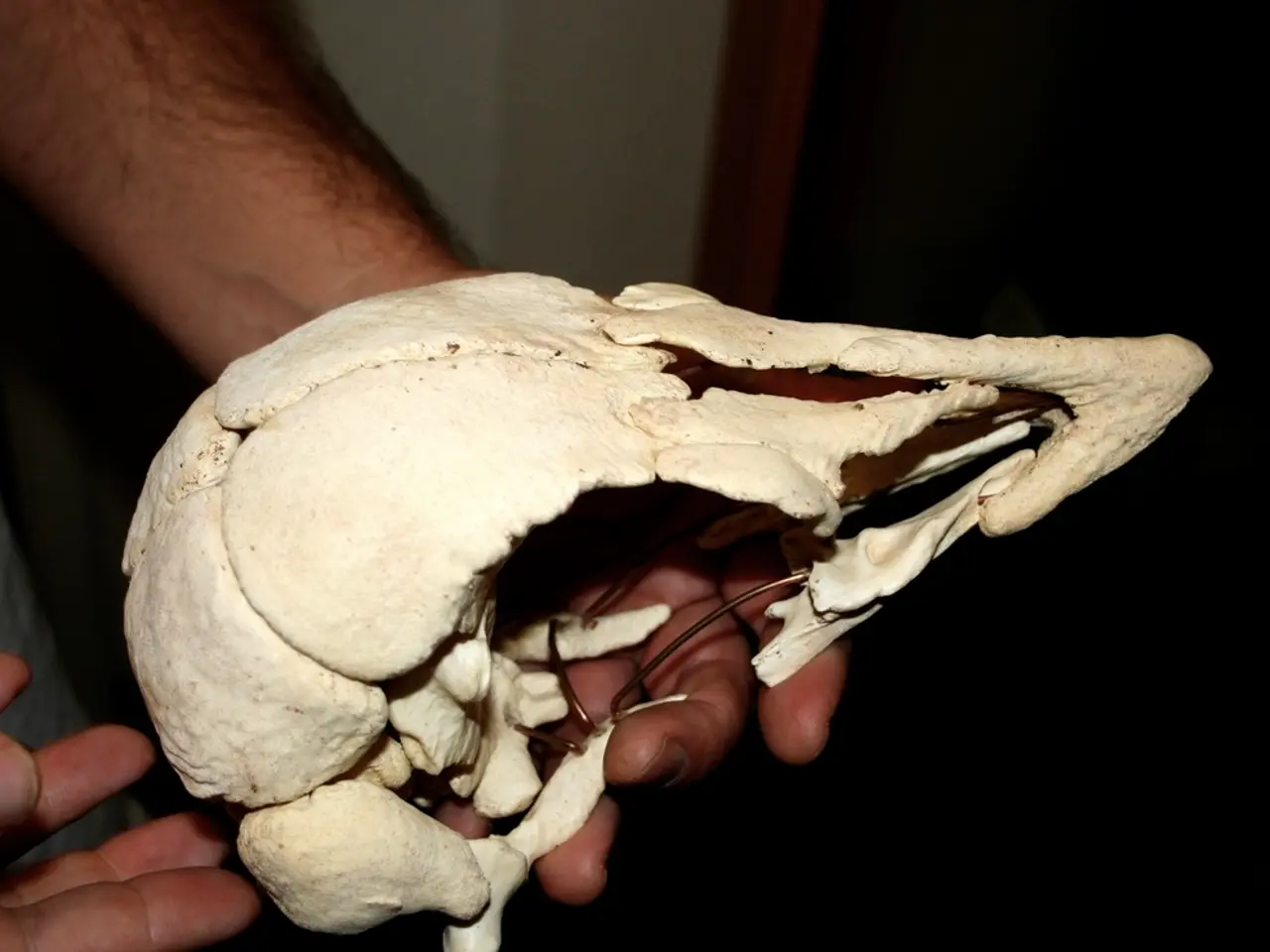Imaging Tests for Assessing Psoriatic Arthritis
Psoriatic arthritis (PsA) is a chronic form of arthritis that shares some signs and symptoms with other conditions such as rheumatoid arthritis, reactive arthritis, and gout. These include joint pain, swelling, and a sensation of warmth in the affected areas.
When it comes to diagnosing PsA, a combination of symptoms, medical history, and imaging tests play a crucial role. While PsA might not always be evident on the skin, an ultrasound can help detect joint inflammation and damage, as well as soft tissue changes, even before symptoms become apparent.
Imaging tests, such as X-rays and MRIs, also play a significant role in diagnosing PsA. An X-ray, while less sensitive to early inflammation, can reveal bone or joint damage as the disease progresses. On the other hand, an MRI can provide a detailed image of soft and hard tissues and detect early soft tissue inflammation.
Ultrasound, however, stands out as the most sensitive method for early PsA detection. It offers dynamic assessment of entheses and inflammation, helping identify early signs such as enthesitis and tenosynovitis, which might not be visible on X-rays. A Doppler ultrasound can even test for changes around the nail.
In summary, ultrasound and MRI are more sensitive than X-rays for early PsA detection, with ultrasound also offering dynamic assessment of entheses and inflammation. X-rays provide important information on bone damage as the disease progresses.
It's important to note that an early diagnosis and prompt treatment can significantly improve the outlook for a person with PsA. As the disease advances, changes may become visible on an X-ray, revealing bone damage and shape changes.
People with PsA are more likely to experience obesity, type 2 diabetes, and other aspects of metabolic syndrome. A doctor can advise on measures to reduce the risk of these complications.
The ultrasound procedure is usually painless, but tenderness may occur if the radiographer needs to press into a joint of a person with PsA. An MRI scan, which usually lasts 15-90 minutes, requires the person to remove jewelry or metallic items, lie down on a bed, and use earplugs or headphones.
In conclusion, early diagnosis and treatment can help slow the progress of PsA. If you suspect you might have PsA, consult a doctor who can guide you through the diagnostic process and discuss treatment options.
- Psoriatic arthritis (PsA) is a form of chronic arthritis that shares symptoms with conditions like rheumatoid arthritis, reactive arthritis, and gout, including joint pain, swelling, and warmth in affected areas.
- In diagnosing PsA, imaging tests, medical history, and symptoms play a significant role, with ultrasound and MRI being more sensitive for early detection compared to X-rays.
- Ultrasound is unique in providing dynamic assessment of entheses and inflammation, capable of detecting early signs of PsA like enthesitis and tenosynovitis that may not appear on X-rays.
- While an MRI can detect early soft tissue inflammation and offer detailed images of both soft and hard tissues, X-rays provide valuable information on bone damage as the disease progresses.
- An early diagnosis and treatment of PsA can significantly improve the outlook for the affected person, as changes may become visible on an X-ray as the disease advances, revealing bone damage and shape changes.
- People with PsA are at a higher risk of obesity, type 2 diabetes, and metabolic syndrome; therefore, a doctor can advise on measures to reduce the risk of these complications.
- Seekers and switchers of medical-conditions treatment, particularly those with chronic diseases like PsA, might find screening, testing, and science related to health-and-wellness, therapies-and-treatments, and HST (Healthcare Service Technology) beneficial.
- If you suspect you have PsA, consult a doctor to guide you through the diagnostic process, discuss treatment options, and improve your health-and-wellness outcome with prompt intervention.




